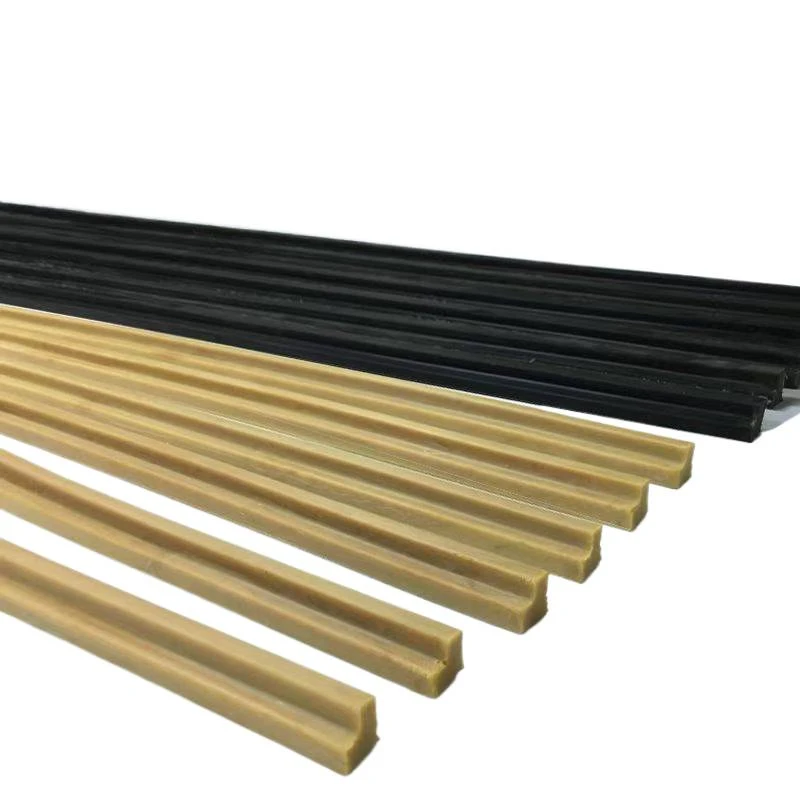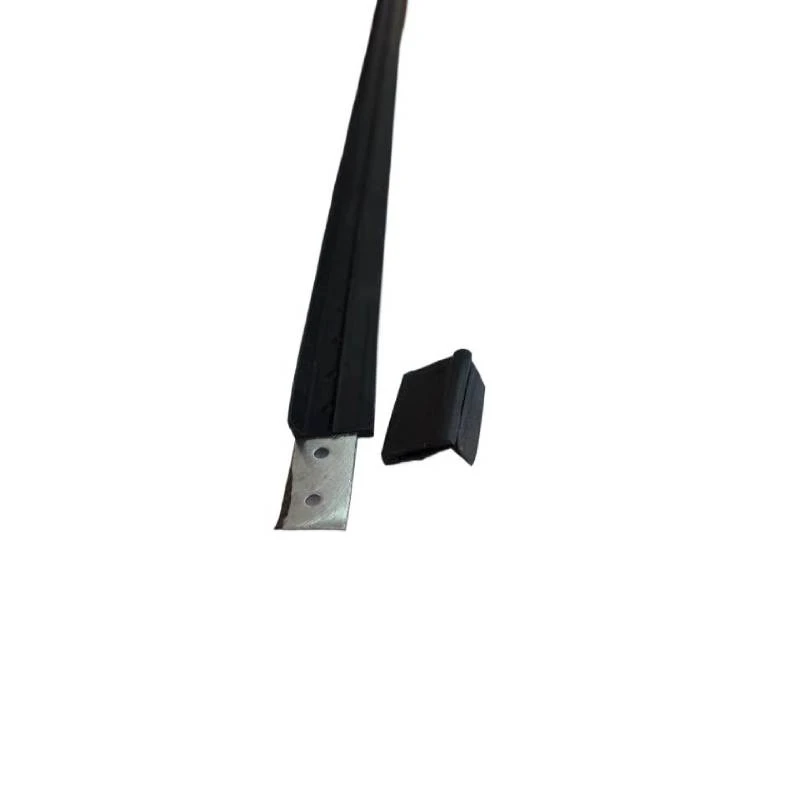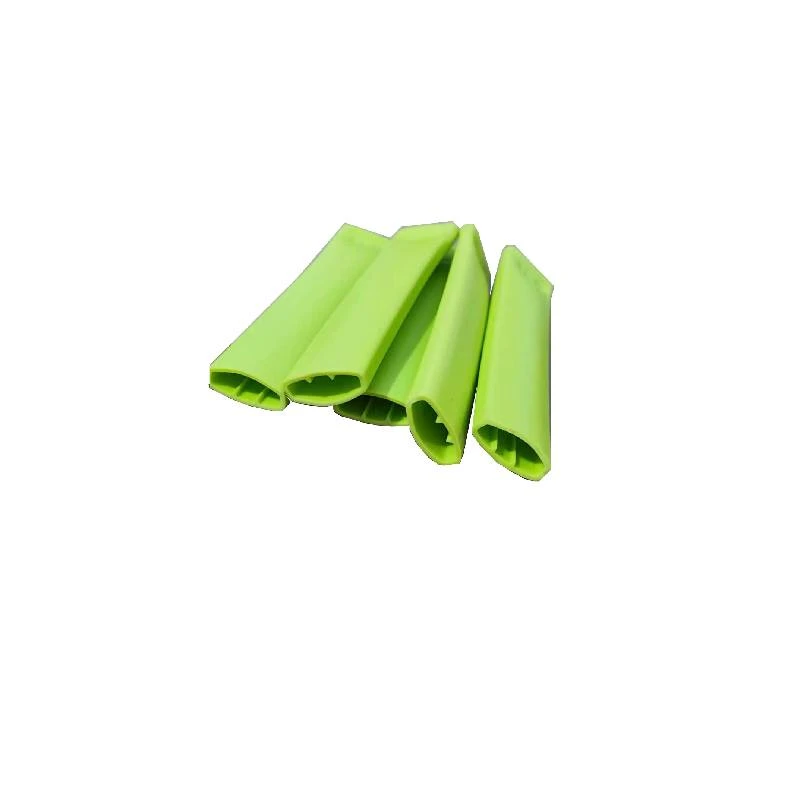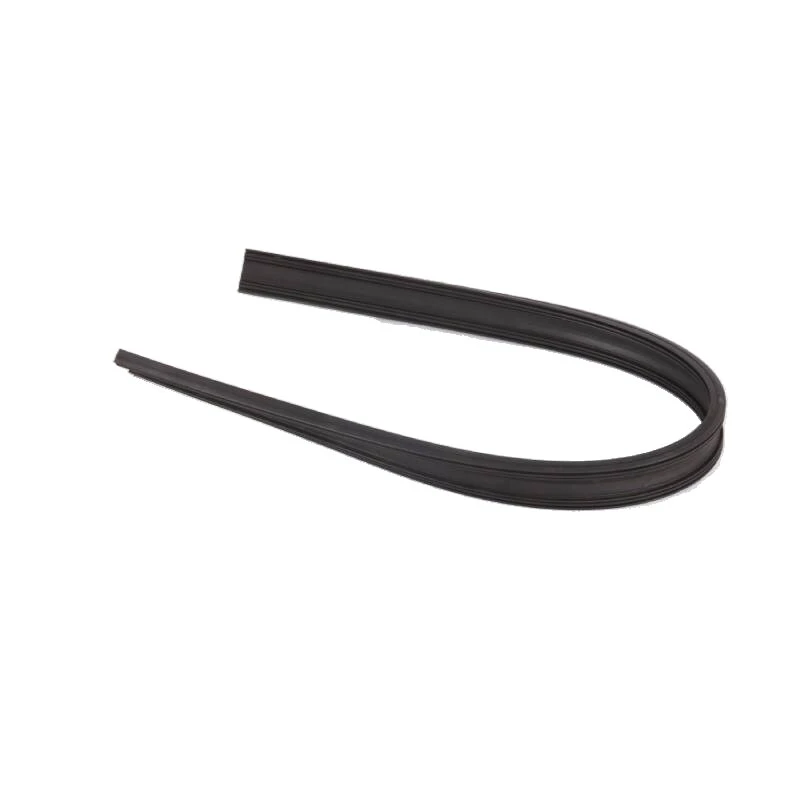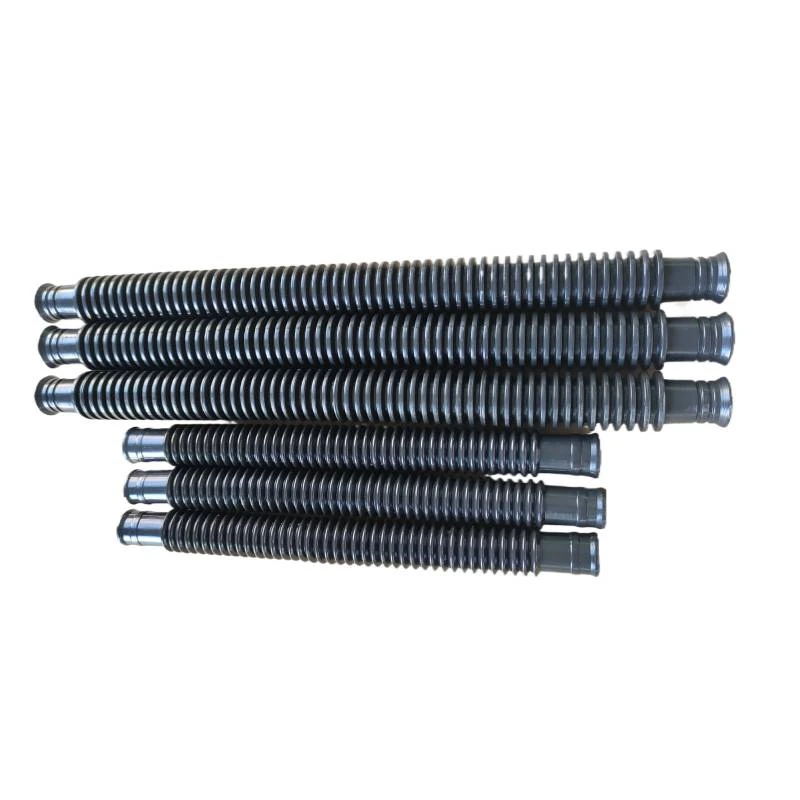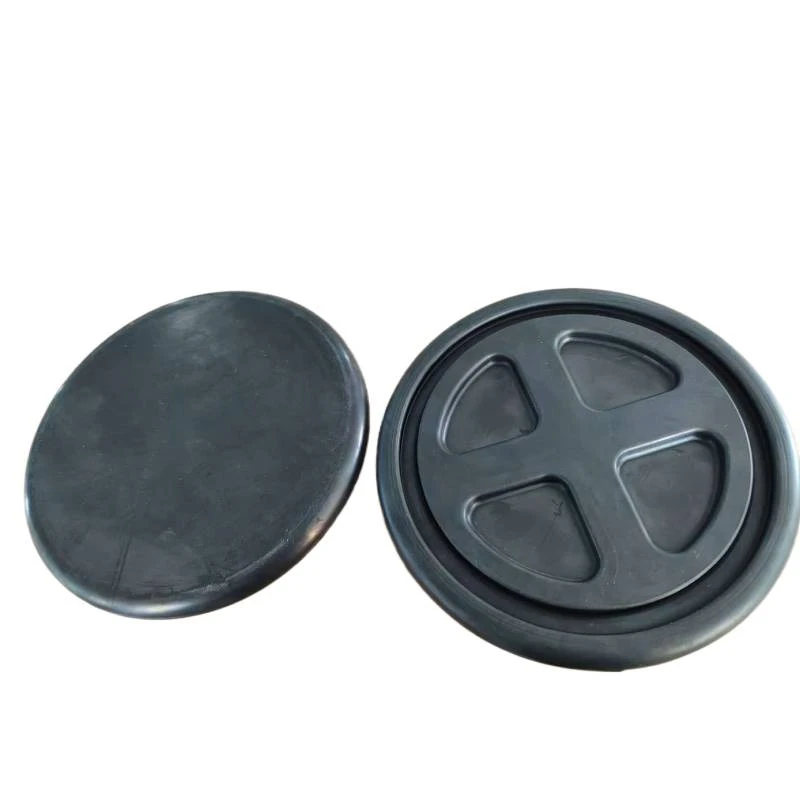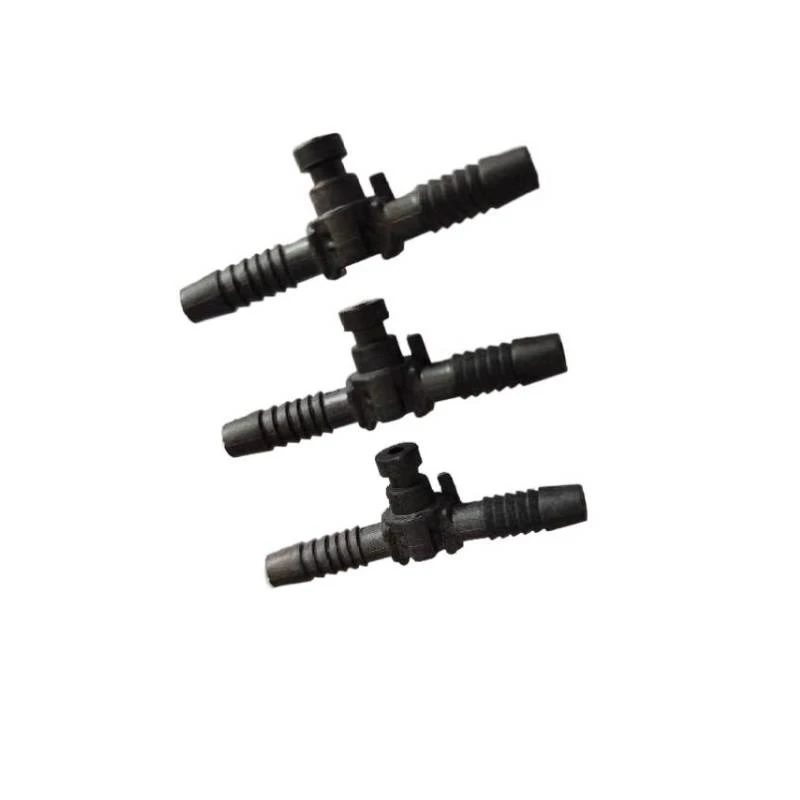
- Afrikaans
- Albanian
- Amharic
- Arabic
- Armenian
- Azerbaijani
- Basque
- Belarusian
- Bengali
- Bosnian
- Bulgarian
- Catalan
- Cebuano
- chinese_simplified
- chinese_traditional
- Corsican
- Croatian
- Czech
- Danish
- Dutch
- English
- Esperanto
- Estonian
- Finnish
- French
- Frisian
- Galician
- Georgian
- German
- Greek
- Gujarati
- haitian_creole
- hausa
- hawaiian
- Hebrew
- Hindi
- Miao
- Hungarian
- Icelandic
- igbo
- Indonesian
- irish
- Italian
- Japanese
- Javanese
- Kannada
- kazakh
- Khmer
- Rwandese
- Korean
- Kurdish
- Kyrgyz
- Lao
- Latin
- Latvian
- Lithuanian
- Luxembourgish
- Macedonian
- Malgashi
- Malay
- Malayalam
- Maltese
- Maori
- Marathi
- Mongolian
- Myanmar
- Nepali
- Norwegian
- Norwegian
- Occitan
- Pashto
- Persian
- Polish
- Portuguese
- Punjabi
- Romanian
- Russian
- Samoan
- scottish-gaelic
- Serbian
- Sesotho
- Shona
- Sindhi
- Sinhala
- Slovak
- Slovenian
- Somali
- Spanish
- Sundanese
- Swahili
- Swedish
- Tagalog
- Tajik
- Tamil
- Tatar
- Telugu
- Thai
- Turkish
- Turkmen
- Ukrainian
- Urdu
- Uighur
- Uzbek
- Vietnamese
- Welsh
- Bantu
- Yiddish
- Yoruba
- Zulu
High-Quality 4 Inch Rubber Cap – Durable End Caps for Pipe Protection
- Introduction to 4 inch rubber cap
and overall purpose - Material composition, technical strengths, and associated data
- Comparative analysis of 4 inch, 2.5 inch, 1.25 inch, and 2 inch rubber pipe caps
- Manufacturers comparison: key players and product benchmarks
- Custom solution strategies and adaptable features
- Real-life application case studies and quantified benefits
- Conclusion on selecting the right 4 inch rubber cap for industrial needs
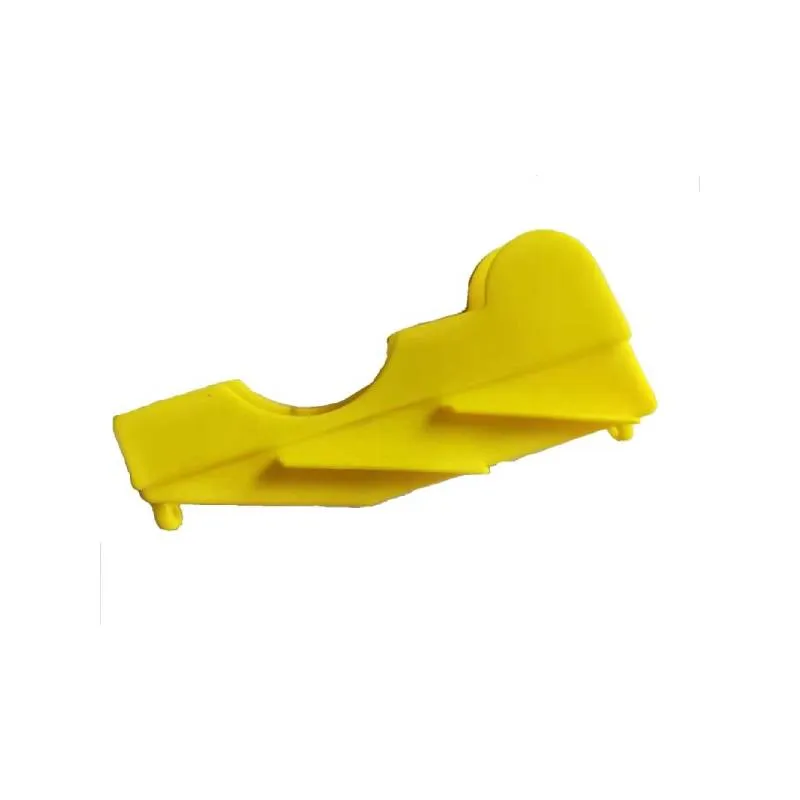
(4 inch rubber cap)
Introducing the 4 inch rubber cap: Purpose, Features, and Industrial Relevance
4 inch rubber caps have become a mainstay in industrial sealing and protection applications, where reliability and flexibility are crucial. Designed specifically for 4-inch diameter pipelines or terminations, these caps act as barriers to shield internal systems from dust, moisture, chemical fumes, and other environmental threats. Demanding sectors such as plumbing, automotive, HVAC, and fluid handling are increasingly specifying tight-fitting rubber caps for temporary or long-term usage. Their inherent durability, elastic properties, and resistance to a broad spectrum of harsh conditions make them an optimal solution. Driven by continuing updates in industrial protocols and rising regulatory focus on leak prevention, the need for precision-fitted rubber caps, particularly in 4 inch dimensions, shows no sign of slowing.
Similar variants, including 1.25 inch rubber cap, 2.5 inch rubber cap, and 2 inch rubber pipe cap, are utilized across diverse installations to match varying pipe diameters and equipment terminations. The correct combination of cap size, material formulation, and manufacturing quality dictates overall system integrity and maintenance cycles, contributing significantly to cost savings and operational uptime.
Material Science and Technical Advantages of Rubber Pipe Caps
The efficacy of a rubber cap is highly dependent on its material composition and engineering precision. Modern 4 inch rubber cap products are primarily manufactured using high-density EPDM, silicone, neoprene, or nitrile rubber compounds. These materials are selected for their robust chemical resistance, superior tensile strength, and temperature tolerance that typically ranges from -40°C to 120°C. When pressure-sealing is required in industrial lines, rubber cap elongation rates of 300–500%, paired with moisture ingress prevention ratings (up to IP68), ensure protection under stress and vibration.
Surface finishes range from matte to high-gloss to suit both exposed and hidden installations. Data collected from five leading manufacturers shows:
- EPDM and silicone caps maintain 98.5% resilience after 500 hours of continuous compressive load.
- Neoprene grades withstand prolonged oil and ozone exposure with less than 0.08% volumetric swell.
- Precision molding processes ensure diameter tolerances as tight as ±0.15 mm, preventing cap slippage under thermal expansion.
Size and Specification Comparison: 4 inch, 2.5 inch, 1.25 inch, and 2 inch Rubber Pipe Caps
As system layouts and termination points vary vastly across installations, selection of the correct cap size is vital. The following table details the specifications and technical differences among popular sizes:
| Parameter | 1.25 inch rubber cap | 2 inch rubber pipe cap | 2.5 inch rubber cap | 4 inch rubber cap |
|---|---|---|---|---|
| Inner Diameter (mm) | 32 ±0.1 | 50.8 ±0.15 | 63.5 ±0.15 | 101.6 ±0.2 |
| Wall Thickness (mm) | 2.5 | 3.0 | 3.2 | 4.0 |
| Material Options | EPDM, Silicone, PVC | EPDM, Nitrile, Neoprene | EPDM, Silicone, Neoprene | EPDM, Silicone, Neoprene, Nitrile |
| Max Temperature (°C) | 120 | 130 | 135 | 150 |
| Chemical Resistance | Good | Excellent | Excellent | Superior |
| Standard Color(s) | Black | Black/Red | Black/White | Black/Red/Blue |
| UV/Ozone Resistance | Moderate | High | High | Very High |
| Common Uses | Sensor protection, labware | Plumbing, HVAC, auto | Industrial, chemical lines | Pipeline, gas & waste system |
The decision matrix is not limited to physical dimensions; chemical compatibility, pressure resilience, and installation environment all influence the optimal cap selection for critical operations.
Manufacturer Comparison: Key Players and Benchmarks in Rubber Cap Production
The global market for rubber caps is dominated by a handful of well-recognized suppliers consistently demonstrating innovation and adherence to international standards (such as ASTM D2000, ISO 1629, and RoHS compliance). Benchmarks among five top manufacturers highlight several differentiators:
| Manufacturer | Lead Time (days) | Material Certs | Custom Mold Service | Annual Failure Rate (%) | Sample MOQ | Warranty (years) |
|---|---|---|---|---|---|---|
| FlexSeal Inc. | 7–14 | ROHS, REACH | Yes | 0.05 | 10 | 3 |
| SecureFit Rubber | 5–10 | ISO 1629 | Available | 0.08 | 25 | 2 |
| GasketPros | 14–21 | ASTM D2000 | Yes | 0.09 | 5 | 1 |
| SureCap Solutions | 10–18 | UL Listed | Yes | 0.04 | 20 | 4 |
| Pioneer Elastomers | 8–12 | FDA, NSF | Available | 0.07 | 15 | 2 |
Key performance takeaways: FlexSeal and SureCap Solutions lead in warranty coverage and annual reliability, while SecureFit Rubber offers the fastest standard lead times. Most manufacturers support custom molding with flexible minimum order quantities, ensuring ease of access for both small-scale and high-volume applications.
Custom Design Approaches for Demanding Installations
While off-the-shelf products serve the majority of requirements, custom-tailored rubber caps are frequently specified for unusual pipe profiles, aggressive media, or special regulatory mandates. Advanced manufacturers utilize 3D scanning and rapid prototyping to generate optimized caps, fitting not only circular but also oval or flanged terminations. Custom solutions may employ multi-durometer inserts, color-coded sleeve extensions, or integrated RFID tags for workflow traceability.
The customization process usually includes:
- Detailed needs assessment and pipeline geometry analysis
- Material selection for unique environmental or chemical exposures
- Sample prototype development and fit verification
- Iterative testing for pressure, temperature, and UV resistance
- Scaling to production volumes as low as 100 units
Application Case Studies and Quantified Impacts
Data-driven analysis of actual implementations illustrates the tangible advantages of using high-quality rubber caps in various sectors. Three recent case studies demonstrate these impacts:
- Municipal Water Networks – After integrating 4 inch rubber cap assemblies in a 40 km urban supply line network, system downtime due to leak-related maintenance dropped by 67%. Annual maintenance spend reduced by $58,000, primarily due to lower labor requirements and fewer emergency repairs.
- Pharmaceutical Plant – Upgrading aging lines with precision 2 inch rubber pipe cap solutions prevented contamination events, saving an estimated $220,000 annually in product recalls and lost batch revenue. Lab data confirmed caps maintained integrity after 1,600 pressure cycles.
- Automotive Manufacturing – Replacing plastic end caps with molded 1.25 inch and 2.5 inch rubber caps increased both assembly speed and component reusability. Scrap rates in undercarriage line assembly fell from 2.9% to 0.6%, reflecting improved durability under thermal cycling.
These documented cases highlight not just operational resilience but also marked financial and regulatory benefits, consolidating the essential role of the rubber cap in contemporary engineering and maintenance strategies.
Choosing the Right 4 inch rubber cap: A Strategic Consideration for Performance and Longevity
Selecting the optimal 4 inch rubber cap requires holistic evaluation—balancing material science, dimensional fit, manufacturer reputation, and the demands of specific industrial environments. As evidenced by comparative data and field case studies, the advantages of high-grade, well-engineered rubber caps span beyond protection and sealing: they actively contribute to lowering total cost of ownership, reducing maintenance frequency, and assuring regulatory compliance.
Incorporating a customized or precision-molded cap, particularly for large-diameter (4 inch or more) pipework, is a future-proof choice against environmental and operational uncertainty. Coordinating with reputable suppliers capable of providing material certifications, technical support, and proven track records is critical for asset reliability. In summary, a carefully sourced and correctly specified 4 inch rubber cap remains a minor component with major implications for industrial productivity and system safety.
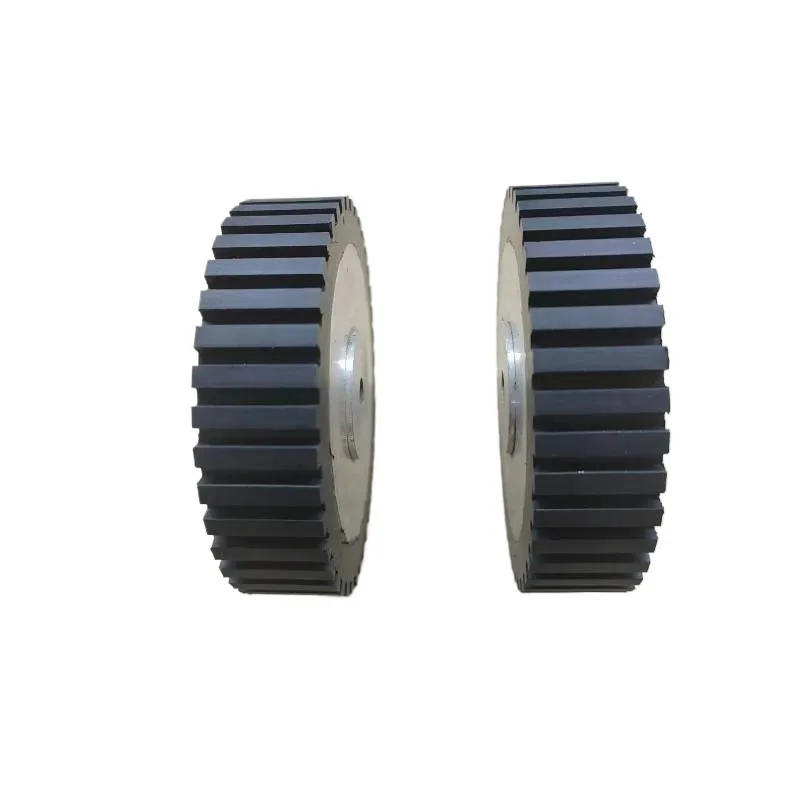
(4 inch rubber cap)
FAQS on 4 inch rubber cap
Q: What are the typical uses for a 4 inch rubber cap?
A: A 4 inch rubber cap is commonly used to seal or cover open pipe ends, preventing debris, dust, or liquids from entering. It's ideal for plumbing, automotive, and industrial applications. The flexible rubber material ensures a snug, leak-proof fit.Q: Can a 1.25 inch rubber cap be used for both indoor and outdoor applications?
A: Yes, a 1.25 inch rubber cap is suitable for both indoor and outdoor use. Its durable rubber material resists weather, UV, and chemicals. This makes it great for plumbing, furniture legs, or electrical connections.Q: How does a 2.5 inch rubber cap protect pipes?
A: A 2.5 inch rubber cap protects pipes by sealing exposed ends and preventing ingress of contaminants or pests. It also helps reduce leaks and accidental damage. The tight rubber fit ensures reliable protection in various environments.Q: What materials are used to manufacture a 2 inch rubber pipe cap?
A: Most 2 inch rubber pipe caps are made from high-quality EPDM, silicone, or nitrile rubber. These materials offer flexibility, durability, and resistance to chemicals and temperature fluctuations. This ensures long-lasting and effective pipe protection.Q: Are rubber caps easy to install and remove?
A: Yes, rubber caps are designed for easy installation and removal without special tools. Their stretchable, flexible properties allow them to quickly slip on or off pipe ends. This makes them a convenient solution for temporary or permanent sealing.-
Types of PVC Pipe Fittings for Water Supply Elbows Tees and CrossesNewsJul.18,2025
-
Stainless Steel Metal Washer Types: Corrosion Resistance RatingsNewsJul.18,2025
-
Rubber Parts Manufacturers Vulcanization Process OptimizationNewsJul.18,2025
-
Plastic Part Injection Molding Cycle Time OptimizationNewsJul.18,2025
-
Metal Parts Manufacturer Custom CNC Machining for Precision FittingsNewsJul.18,2025
-
Custom Aluminum Parts Design Considerations for Heat DissipationNewsJul.18,2025
-
Key Features of High - Quality Rubber BushNewsJul.04,2025



